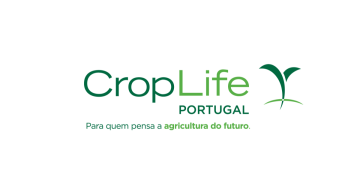Highly pathogenic avian influenza (HPAI) cases recorded in Europe among poultry and water birds have risen since the summer according to the latest report by EFSA, the European Centre for Disease Prevention and Control (ECDC), and the EU reference laboratory (EURL).
While the number of HPAI virus detections in sea bird breeding colonies came down since the previous reporting period (June to September 2022), the number of cases in water birds and poultry has increased. The rise in the number of outbreaks in poultry since the summer is suspected to be linked to the spread of the virus via water birds. Detailed information on the number and evolution of cases can be found in a new interactive dashboard published by EFSA today.
The ongoing HPAI epidemic is the largest ever observed in Europe. In the first year of the epidemic, which ran from October 2021 to September 2022, a total of 2,520 outbreaks in poultry, 227 in captive birds, and 3,867 detections in wild birds were notified in 37 European countries. Some 50 million birds were culled in affected farms. The unusual persistence of HPAI in wild birds and poultry throughout the summer of 2022 means that for the first time there was no clear separation between the end of the first year of the epidemic and the beginning of this year’s HPAI season, which began in October 2022.
ECDC, which also contributed to the report, concluded that the risk of infection is low for the general human population in the EU/EEA, and low to medium for occupationally exposed people.
Following a request by the European Commission, EFSA is currently assessing the availability of vaccines against HPAI for poultry and considering potential vaccination strategies. The outcome of this work, to which the European Medicines Agency (EMA) and EURL are also contributing, will be available in the second half of 2023.
O artigo foi publicado originalmente em EFSA.


















































